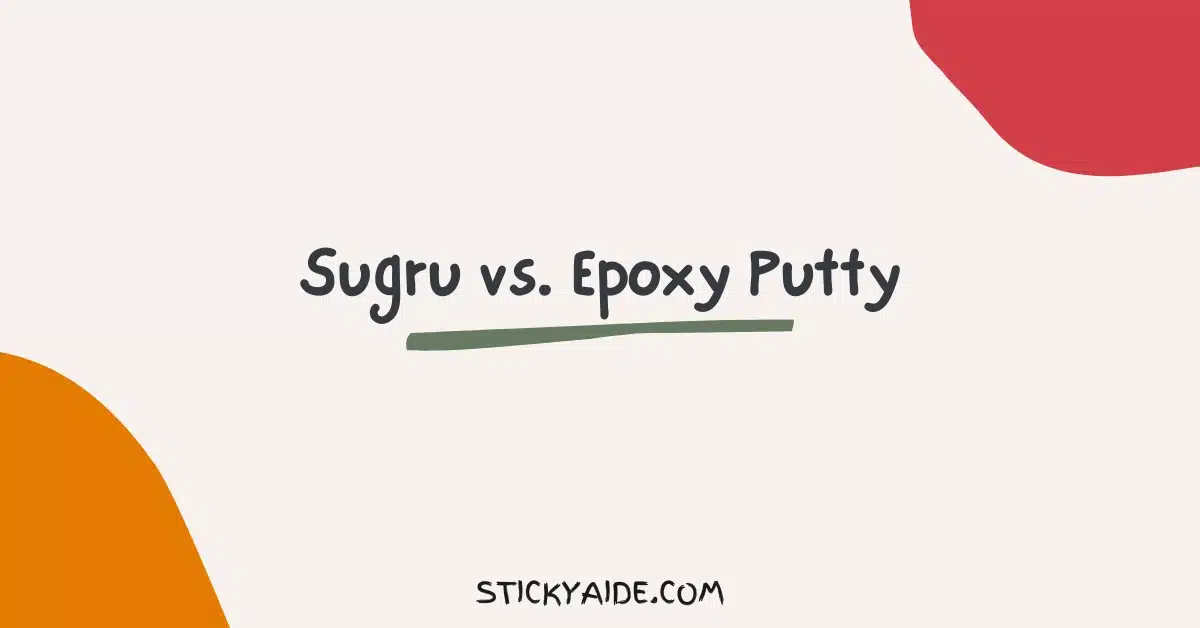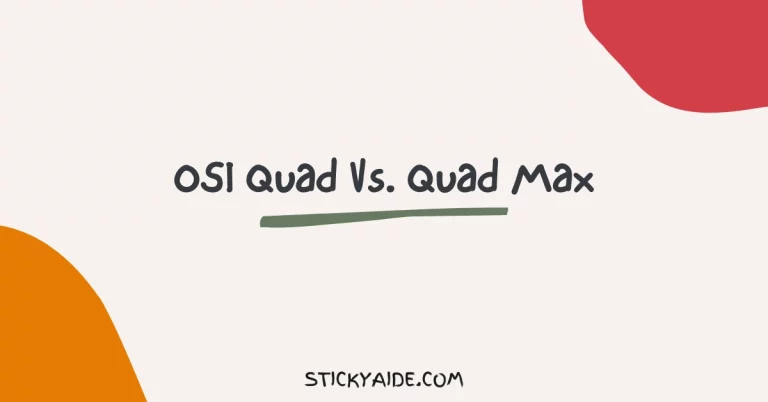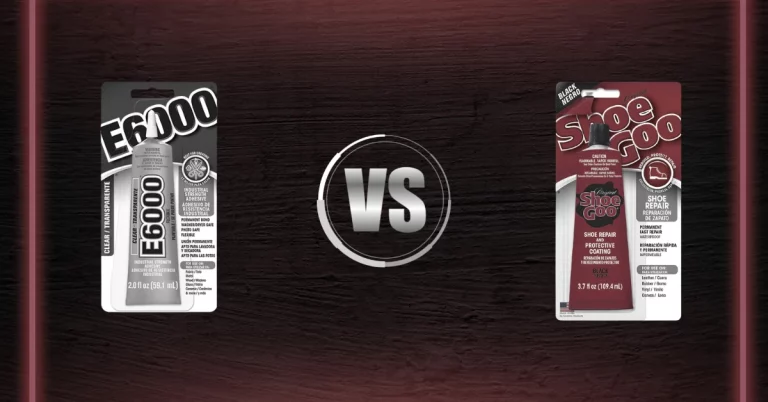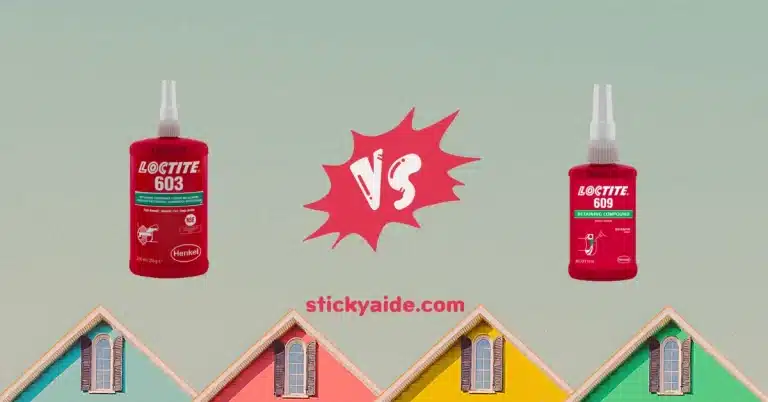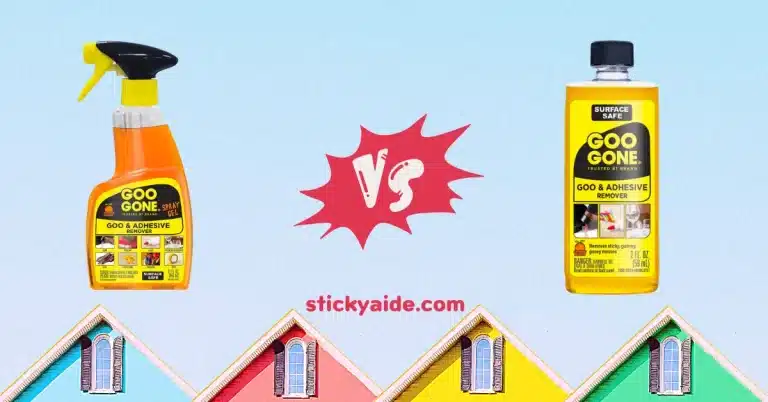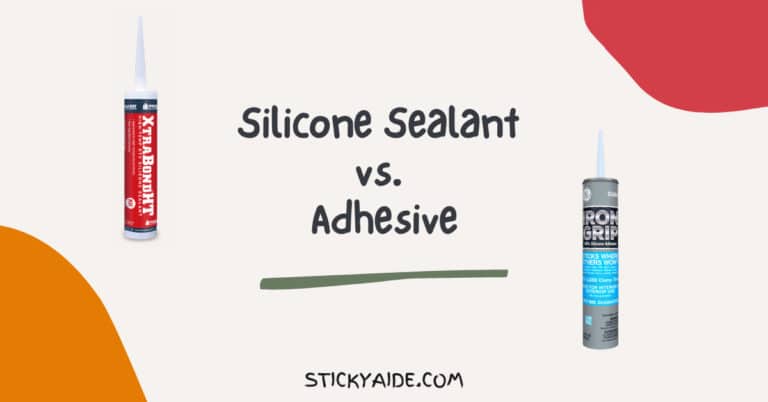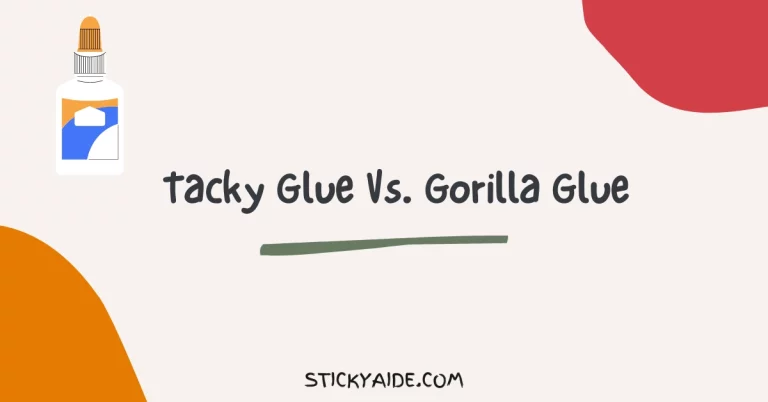Moldable glues can come in handy for repairing various stuff around your house and can be used for multiple DIY projects. You can use moldable adhesives to fix, repair, mount, seal, or for other purposes.
Epoxy Putty is the first name you consider for moldable glues. Epoxy Putty has been around for a long while and is used for various repair and DIY projects.
On the other hand, Sugru is a fantastic alternative and works well with multiple materials. So, which one should you side with in the battle between Sugru vs. Epoxy Putty?
Read More: Marine Tex Vs. JB Weld
Sugru vs. Epoxy Putty
Overview of Sugru
Sugru is a multi-purpose, silicone-based modeling clay patented by its parent company. Sugru, also known as Formerol, is versatile in materials it bonds well with.
Sugru is known for both flexibility – when you’re working with it, and durability – once wholly cured. One of the core features of Sugru is its flexibility. When you’re working with Sugru initially, you can mold it into any shape or form you want for your repair or DIY project. Furthermore, Sugru will stay flexible once wholly cured, making it ideal for projects like your DIY projects for phones or other gadgets.
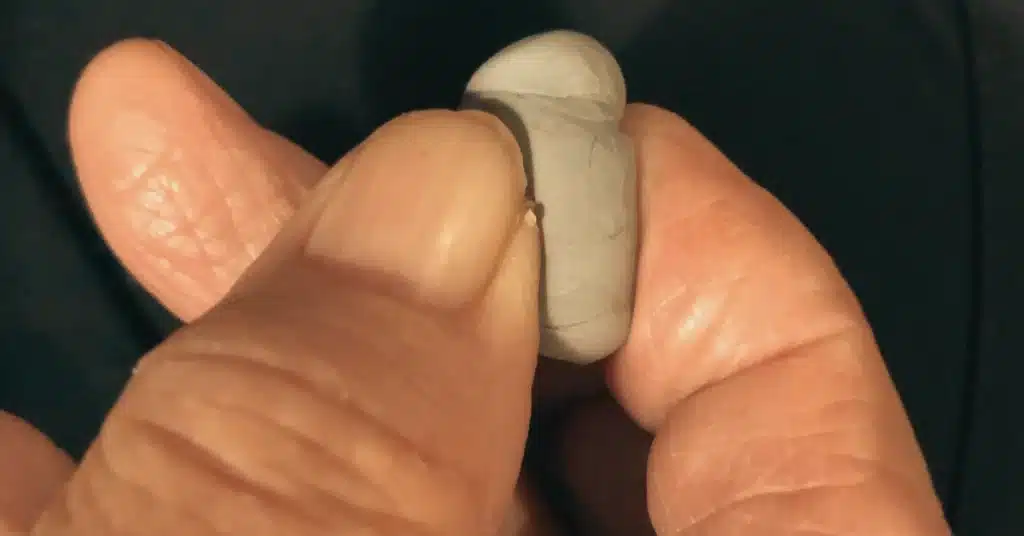
Sugru is self-curing at room temperature; a complete cure takes up to 24 hours. Once the curing process is complete, Sugru turns into a robust, rubber-like, durable, and flexible material. After a complete cure, Sugru can withstand various weather conditions, like – exposure to water or extreme temperatures. In fact, according to their website, Sugru can function in temperatures ranging from -60°C – 180°C, which means you can use it in snow or high-temperature conditions.
Sugru is versatile for materials it bonds well with and will bond well with most common household and outdoor materials, including – wood, plastic, metal, glass, ceramic and more.
Read More: Museum Putty vs. Museum Wax
Overview of Epoxy Putty
Epoxy Putty is a two-part adhesive that you can use for repairing, filling, or bonding various surfaces. Epoxy Putty comprises two parts, a hardener, and a resin, and you mix them to create a moldable paste suitable for multiple applications and purposes.
Epoxy Putty is versatile and adheres well with various indoor or outdoor materials, like wood, ceramic, glass, rubber, metal, and more. One of the notable features of Epoxy Putty is its strength. Once cured, Epoxy Putty creates a durable, robust, long-lasting bond that can withstand stress and strain. Furthermore, you can also use Epoxy Putty to fill gaps and cracks, making it ideal for repairing various stuff around your house and kitchen.
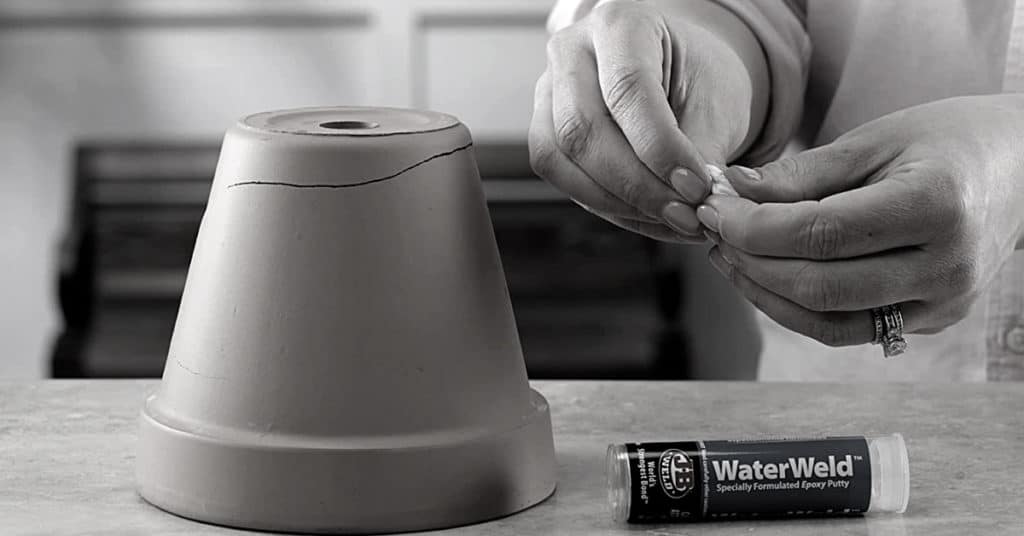
Epoxy Putty is also water-resistant, and you can use it in damp or wet environments, meaning you can use it for various outdoor purposes, like – repairing gutters or roofing. Even though Epoxy Putty uses a two-part formula, it is relatively easy to use, even for beginners. You can easily mix and apply Epoxy Putty using standard and household tools like – a plastic spatula or putty knife.
Epoxy Putty is easy to shape and mold; you can sand it or paint it once it’s completely cured. You can purchase Epoxy Putty made by various manufacturers. They come in multiple sizes and packaging options, making finding the right amount you need for your specific purposes easy.
Read More: JB Weld Tank Weld vs. Steel Stick
Differences Between Sugru And Epoxy Putty
Now that I’ve reviewed Sugru and Epoxy Putty let’s examine their differences.
Composition
Sugru uses a one-part composition, and you don’t need any additional mixing to use it.
On the other hand, Epoxy Putty uses a two-part formula, a hardener and a resin which you have to mix to use. You can also find mixed Epoxy in the market, but they typically cost more.
Cure Time
Sugru cures at room temperature; a complete cure takes 24 hours or less.
On the other hand, depending on which Epoxy Putty you purchased, the cure time can vary from 16 to 48 hours.
Color Options
Sugru is available in multiple colors, letting you match it to the surface you’re working with.
Epoxy Putty typically comes in a single color, typically gray or white.
Is Sugru permanent?
Sugru is a durable and strong adhesive that is designed to create a permanent bond between surfaces. Once Sugru has cured, it forms a strong, flexible bond that can withstand high levels of stress and tension. While it is possible to remove Sugru with the use of solvents and tools, it is intended to be a long-lasting solution for a variety of DIY projects and repairs.
How long will epoxy putty last?
The longevity of epoxy putty largely depends on the quality of the product and the conditions it is subjected to. Generally, high-quality epoxy putty can last for many years, often more than a decade, if stored properly and used according to the manufacturer’s instructions. However, exposure to heat, moisture, and UV light can reduce the lifespan of epoxy putty. It is also important to note that epoxy putty may start to lose its adhesive properties over time, which can impact its ability to bond surfaces effectively.
Last Opinion
Sugru and Epoxy Putty are versatile and excellent adhesives for various purposes. So which one should you side with in the Sugru vs. Epoxy Putty battle?
They’re similar in many ways with some differences, so the choice comes down to your specific needs and preferences.

